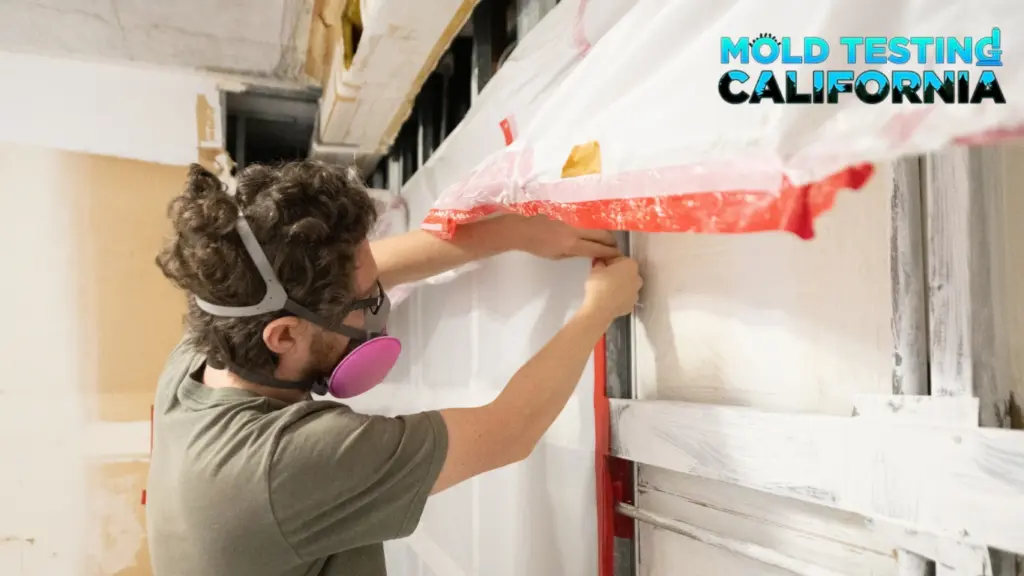When facing mold problems, it’s easy to assume that immediate mold remediation will solve the issue. However, a detailed mold inspection is the first and most crucial step before any mold removal process begins. This inspection ensures the success of the remediation by providing insight into the extent of the mold growth and identifying underlying causes.
The Role of a Mold Inspection in Identifying Hidden Mold
Mold often thrives in hidden, hard-to-reach areas such as behind walls, under flooring, or in attics. These areas can go unnoticed during a casual inspection. A professional mold inspection uses advanced techniques like thermal imaging and moisture meters to detect mold even in concealed spots. Without this initial inspection, the extent of mold damage could be underestimated, leading to incomplete remediation and potential future health risks.
Assessing the Source of Moisture for Effective Remediation
Mold growth is typically driven by moisture, so it’s essential to identify the underlying source. A mold inspection helps pinpoint areas with excessive moisture, whether it’s from a plumbing leak, roof damage, or poor ventilation. By addressing the source of moisture, mold remediation professionals can not only remove existing mold but also implement measures to prevent future growth. Without this vital step, mold may return, making remediation efforts ineffective.
Ensuring a Tailored Mold Remediation Plan
An initial mold inspection provides critical data for creating a customized mold remediation plan. Professionals use the inspection findings to determine which areas need treatment, what type of mold is present, and the most effective removal methods. This personalized approach ensures thorough mold remediation and minimizes the risk of mold spores spreading to unaffected areas of the home or building.
How Mold Inspection Prevents Health Risks
Mold can cause a variety of health issues, especially for individuals with respiratory conditions, allergies, or compromised immune systems. An inspection identifies mold types and concentrations, helping professionals assess the potential health risks to the inhabitants of the home. By detecting and addressing mold early, an inspection prevents further exposure to harmful spores, safeguarding the health of the household.
An initial mold inspection is vital for effective mold remediation. It identifies hidden mold, assesses the cause of moisture, ensures a tailored remediation approach, and helps protect your health. Skipping this step can lead to incomplete removal and recurrent mold problems, ultimately making the remediation process longer and more costly.
Learn more:
How to Prepare Your Home for a Mold Remediation Service
What to Expect Before Mold Remediation Begins

